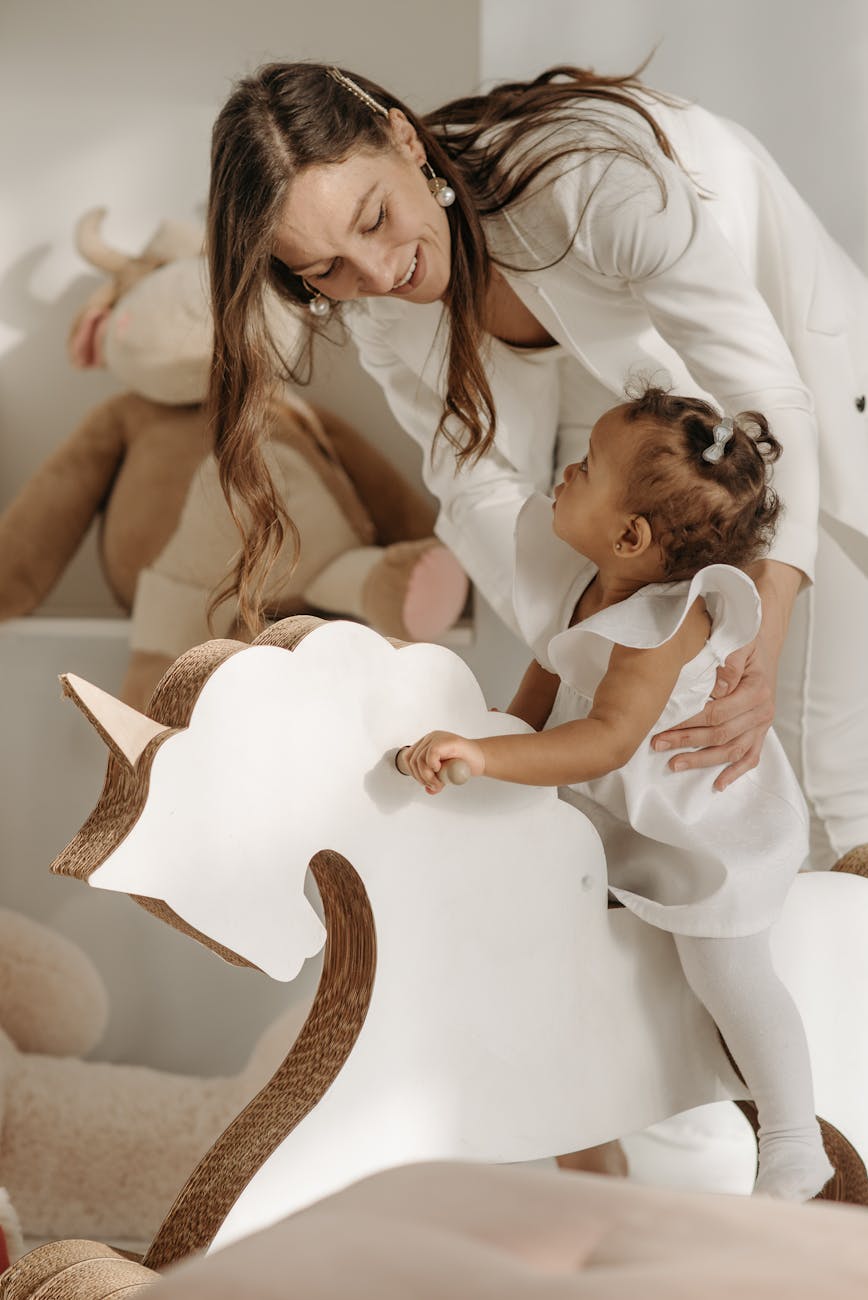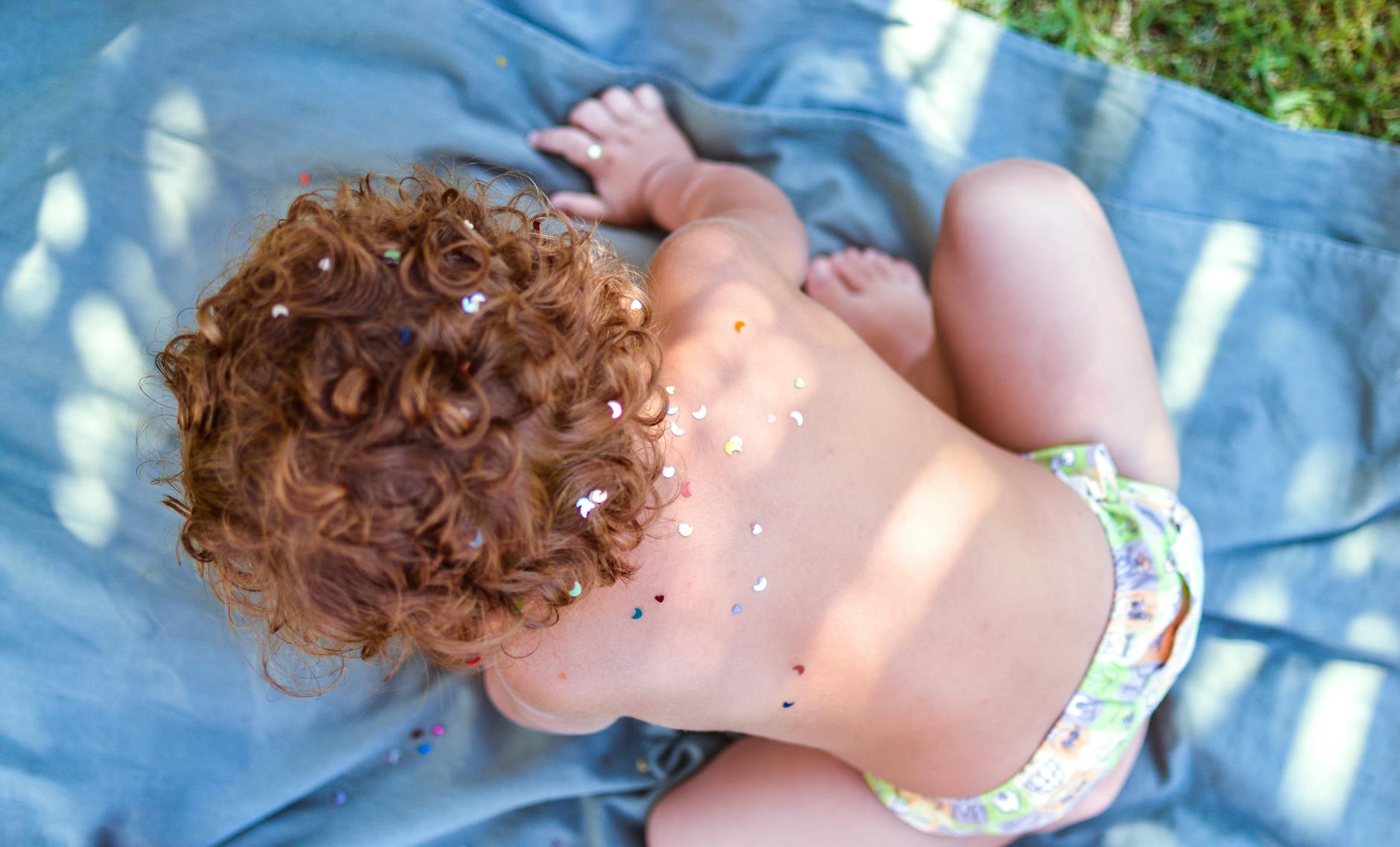Let’s be honest: sometimes the hair on your kid’s head looks nothing like the hair on yours. And that’s okay.
Whether you’re parenting through adoption, fostering, step-parenting, co-parenting, or just living that beautifully blended family life — this chapter is your heart check and your action plan.
This is about more than curl patterns. It’s about learning, unlearning, and showing up with love and humility.
👩🏽🦱 When Your Child’s Hair Is Different from Yours
The truth? It can feel overwhelming. You want to do it right, but you might not even know where to begin.
You might be:
- A white parent raising a Black or mixed-race child
- A straight-haired mum trying to care for a coily-haired kid
- A dad figuring it out solo after years of outsourcing hair care
First, take a deep breath.
You can learn this.
And no, you’re not expected to be perfect. You’re expected to care. To try. To be teachable.
Start by listening to people who live in the hair culture your child belongs to. Don’t just follow TikTok tutorials — follow Black mums. Read books. Watch shows with natural-haired characters. Join groups where lived experience speaks louder than algorithms.
It’s not about mastering the twist-out. It’s about saying, “Your hair is beautiful. Let me learn how to care for it with you.”
🧬 Learning Together, Not for Them
This isn’t about “fixing” their hair. It’s about nurturing it, respecting it, and understanding its cultural roots.
- Don’t just ask, “How do I make it look nice?”
Ask, “What does this curl type mean to them, to their culture, to their identity?” - Let your child see you learning. Tell them, “I didn’t grow up with curls like yours, but I’m learning because I love you and your hair.”
- Include them in the process. Let them choose products. Watch curl care videos together. Turn wash day into something you do with them, not to them.
This builds confidence and connection. It tells your child: Your identity is worthy of my time, attention, and respect.
👨🏿👩🏾👧🏽 The Role of Community and Cultural Connection
Hair is never just hair. It’s heritage. Pride. Power.
And if your family setup means your child might not get that context at home, you need to create it.
Here’s how:
- Find playgroups, salons, or events where they’ll see other kids with hair like theirs.
- Get books that reflect their curl type and skin tone.
- Seek out cultural mentors — aunties, cousins, barbers, stylists — who can help guide you both.
You’re not failing if you need help. You’re thriving if you’re seeking it.
Also, be prepared to check your ego. If someone corrects your technique or recommends a better product, thank them. Don’t defend — absorb. That’s growth.
❤️ Hair as an Act of Love
If this chapter has a thesis, it’s this:
Learning your child’s hair is learning your child’s world.
If they grow up hearing sighs of frustration every time you touch their curls, that sends a message. But if they grow up seeing your hands move with care, patience, and pride? That sends a much louder one.
Hair time can be culture, connection, even ceremony — if you let it.
TL;DR:
- It’s okay if your child’s hair is unfamiliar. That’s not a failure — it’s an invitation.
- Show up humbly. Learn openly. Ask for help often.
- Let your child know their texture isn’t a burden. It’s a blessing.
- Representation, community, and curiosity go a long way.




